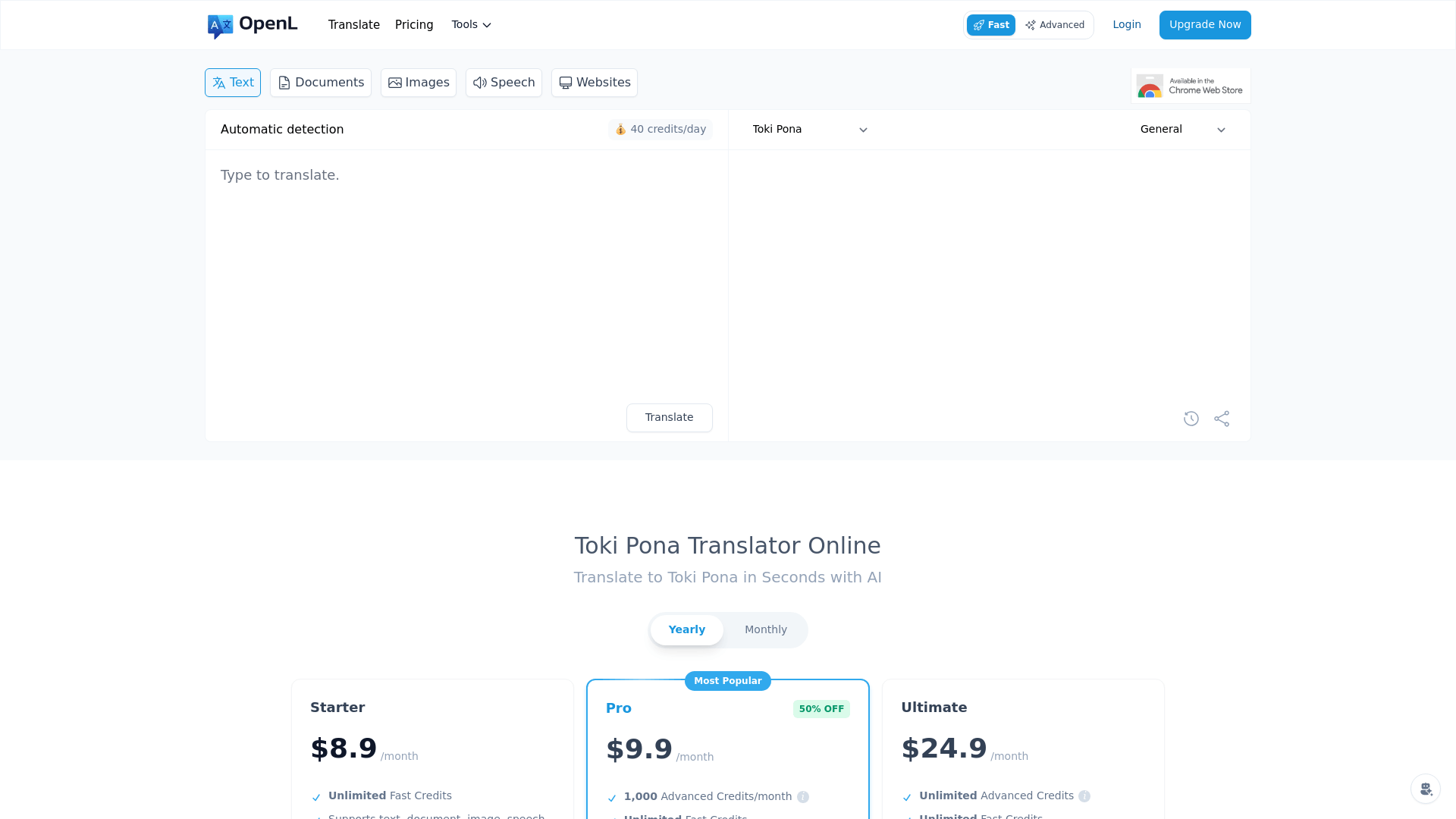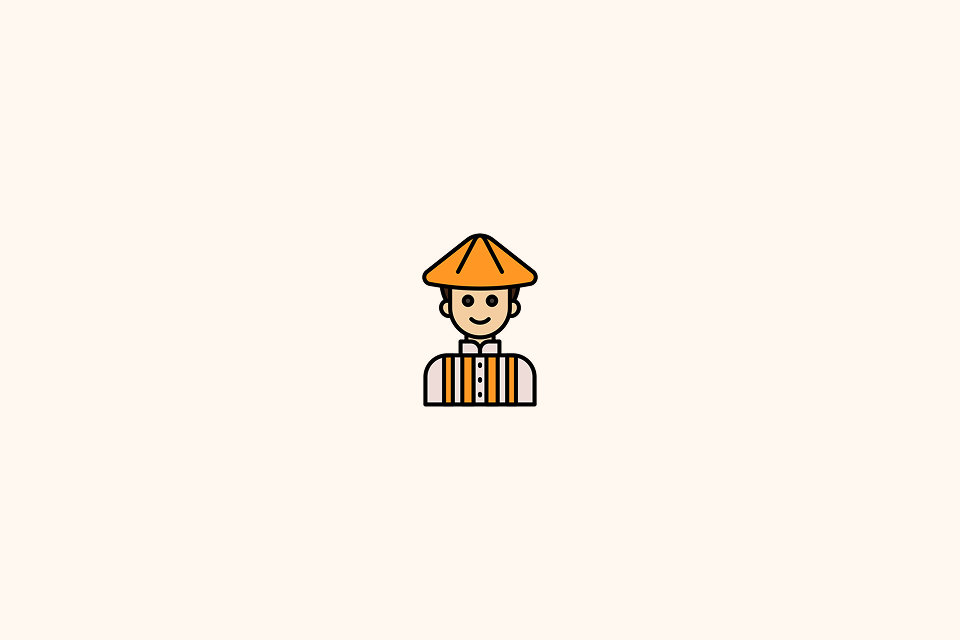Toki Pona: The Charm of a Minimalist Language

TABLE OF CONTENTS
Introduction
Toki Pona is a constructed language, or “conlang,” designed to simplify communication and thought by using only a small number of words and basic concepts. With around 120 core words, it focuses on expressing essential human experiences in a positive and minimalist way. This language isn’t meant for complex technical discussions but rather for fostering clarity, creativity, and a philosophical outlook on life. In a world often burdened by information overload, Toki Pona offers a refreshing way to rethink how we express ideas. Let’s explore its history, how it works, and tips for learning it—all in a straightforward manner.
History: From Creation to Popularity
Toki Pona was created by Canadian linguist and translator Sonja Lang in 2001 as a personal project. Lang sought to simplify thoughts and communication, helping her cope with depression and drawing inspiration from Taoist philosophy. Initially shared online as a pidgin-like language to express basic human realities through simple, universal meanings, it quickly gained traction among language enthusiasts.
Over the years, the language evolved through community input. In 2014, Sonja Lang published the official book Toki Pona: The Language of Good, which standardized its vocabulary and grammar. By the 2020s, Toki Pona had a growing global community, with speakers using it in online forums, art, and even music. As of 2025, it’s spoken worldwide and continues to inspire new resources, reflecting its philosophical roots in minimalism and positivity.
Usage: Simple Yet Powerful Expression
At its core, Toki Pona is an isolating language (meaning words don’t change their form through prefixes or suffixes) with just 14 basic sounds, making it easy to pronounce for speakers of many languages. Its vocabulary is limited to about 120 core words, each influenced by various world languages like English, Finnish, and Tok Pisin, emphasizing broad concepts rather than specifics.
The grammar is straightforward: sentences follow a subject-predicate structure, often separated by “li” (except for subjects “mi” or “sina”). There are no tenses, genders, or plurals—context and creativity fill in the details. Words are remarkably flexible, able to function as nouns, verbs, or adjectives based on their position in a sentence and context.
For example:
- “mi moku” could mean “I eat,” “I am eating,” or even “I am food,” depending on the situation and what the speaker wants to convey.
- The word “pona” (meaning “good”) can be used as an adjective (“jan pona” - good person or friend), a noun (“pona li suli” - goodness is important), or even a verb (“ona li pona e mi” - they improve me). Context helps listeners understand the intended meaning.
- To express complexity, combine words: “toki pona” itself means “good language” or “simple talk.”
This minimalism encourages positive framing and avoids negativity, but it does limit precision for scientific or detailed topics, sometimes requiring more circumlocution for specific concepts. Instead, it shines in poetry, storytelling, and everyday chats, promoting mindfulness. The beauty lies in how speakers must think creatively about what they truly want to communicate, often leading to more thoughtful expression.
Learning Toki Pona: From Beginner to Proficient
Thanks to its simplicity, you can learn the basics of Toki Pona in just a few days and hold simple conversations within a week. Start by memorizing the core words using flashcards, then move to grammar rules, and practice through writing or speaking.
Recommended resources as of 2025 include:
- The official site tokipona.org, which offers flashcards, dictionaries, and lesson plans.
- Online courses like the “o pilin e toki pona” YouTube playlist by jan Telakoman for immersive learning.
- Books: Toki Pona: The Language of Good by Sonja Lang for in-depth grammar and philosophy.
- Communities: Reddit’s r/tokipona for discussions and practice sentences, and Discord servers like kama sona for feedback.
- Other tools: Sona.pona.la for curated lessons, and new 2025 resources like the “Wasona” crash course by kala Asi and apps like Clozemaster for vocabulary building.
Tips: Practice daily by translating simple thoughts and remember that the goal is enjoyment and thoughtful expression, not perfection.
Extending Your Toki Pona Journey: Our Translation Tool

To make learning even easier, check out our free translation tool at https://openl.io/translate/toki-pona. It supports instant translations between Toki Pona and other languages, perfect for verifying sentences or experimenting with ideas. Whether you’re a beginner checking examples or creating content, this tool can enhance your practice.
Conclusion
Toki Pona is more than a language—it’s a philosophy that encourages us to focus on what’s truly important with simplicity and positivity. By exploring its history, usage, and learning paths, you can see how this minimalist conlang has captivated people worldwide. Why not start today? It might just change how you think and communicate!
Sources
- Wikipedia: Toki Pona - https://en.wikipedia.org/wiki/Toki_Pona
Comprehensive overview of history, vocabulary, grammar, and community. - Toki Pona: The Language of Good by Sonja Lang (2014) - https://www.amazon.com/Toki-Pona-Language-Sonja-Lang/dp/0978292308
Official book standardizing the language’s rules and philosophy. - Official Toki Pona Site - https://tokipona.org/
Primary resource for lessons, dictionaries, and community links. - Toki Pona Dictionary by Sonja Lang (2021) - Available on platforms like Amazon.
Updated dictionary based on community usage. - Lipu Sona Pona Course - https://lipu-sona.pona.la/
Free online course covering basics to advanced topics. - Sona Pona Wiki - https://sona.pona.la
Community-curated wiki with usage examples and resources. - Linku.la Interactive Dictionary - https://linku.la/
Tool for vocabulary search and learning. - World Literature Today (January 2025) - https://www.worldliteraturetoday.org/2025/january/toki-pona-veronica-esposito
Article on Toki Pona’s philosophy and cultural impact. - The New York Times (October 12, 2023) - https://www.nytimes.com/2023/10/12/crosswords/building-community-constructed-languages.html
Discussion on community aspects of constructed languages like Toki Pona. - The New Yorker (December 24, 2012) - http://www.newyorker.com/magazine/2012/12/24/utopian-for-beginners
Profile on creator Sonja Lang and the language’s origins. - Business Insider (July 2015) - http://www.businessinsider.com/the-worlds-smallest-language-has-only-100-words-and-you-can-say-almost-anything-2015-7
Explanation of minimalist vocabulary and expression. - The Guardian (January 8, 2015) - http://www.theguardian.com/education/2015/jan/08/toki-pona-invented-language-memrise
Feature on learning Toki Pona through apps and online tools. - Toki Pona Translation Tool - https://openl.io/translate/toki-pona
Our free tool for translating between Toki Pona and other languages.


